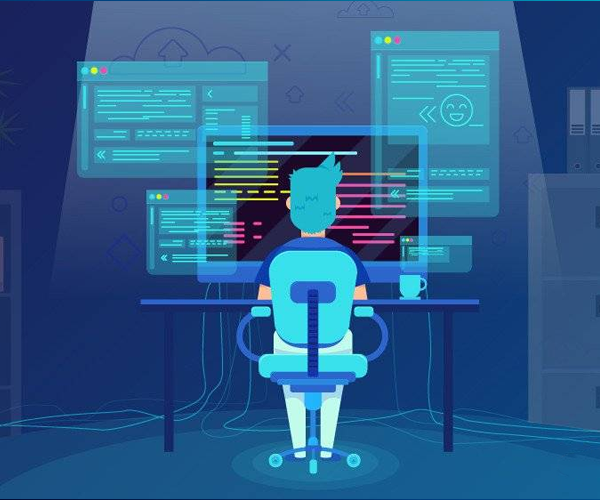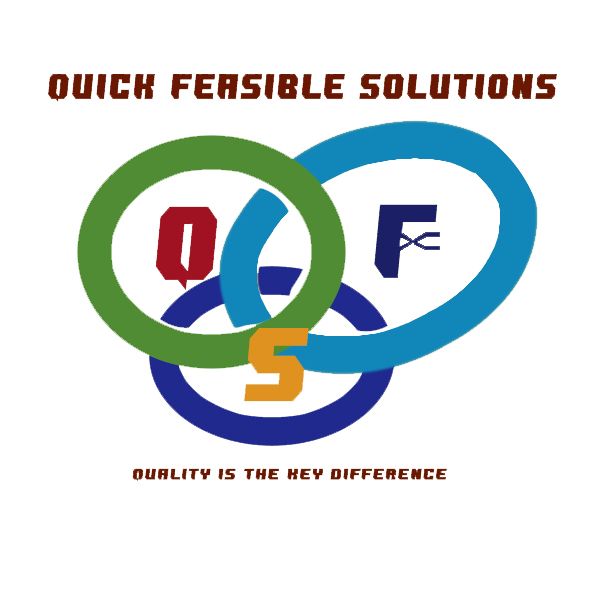
Dual-Shore Development
Time-to-Market advantage: A Key for engagement and significant Success......QFS’s dual shore Global Delivery Model is a framework for on-site – off-site project engagement using multi-location project teams. The dual-shore model is a key for engagement success and significantly impacts bottom lines for our clients.
It emphasizes on the importance of information flow and communication. The model significantly reduces engagement risk for a client.
This hybrid model allows us to utilize various key components of both our On-Site and Off-Site Delivery Models.
QFS’s software development & delivery model is developed over the experience of managing process over several engagements. This is a process-based model compliant with international quality models that helps us deliver reliable, repeatable, customer centric, and quality systems. The process model is a milestone-based model that provides guidelines on planning and controlling projects based on their scope, assigned resources, and schedule. The model has defined critical milestones, explicit team accountabilities and risk assessment built into it.
we usually follow 80/20 % development & delivery model
20% ON-SITE DEVELOPMENT (Customer-Site):
The Preliminary Phases of Software Development Life cycle (Requirement Gathering, Analysis, Designing) would start at Customer-Site.
Once the development is done at the Off-Shore (Off-Site), QFS resumes a part of Testing, Integration process back at the Customer-Site.
80% OFF-SITE DEVELOPMENT: Development would start at off-site location in India.
The model consists of the following key stages that may be carried out iteratively depending on the nature of customer or project requirement:
The business goals/processes are evaluated so as to understand and assess the overall feasibility, objectives and requirements of the proposed development.
The functional specifications of the solution are designed based on the process evaluation exercise. This ensures that all the business rules are captured and the solution is both process-driven and user-centric at the same time.
The approved functional specifications and project plan serve as the basis for focused development to begin. A component-based approach is used during development to maximize scalability-reusability options, reduce maintenance and minimize software development complexity.
Upon development, the application is tested for its functionality, performance and usability. Detailed test plan and test cases defining the scope of testing, the testing techniques, tools for the application are prepared and executed to ensure that the end-product is reliable and bug free.
The fully functional and tested application is then released in the production environment and we ensure that the benefit of the solution is maximized through effective training, user documentation and onsite support if required.




